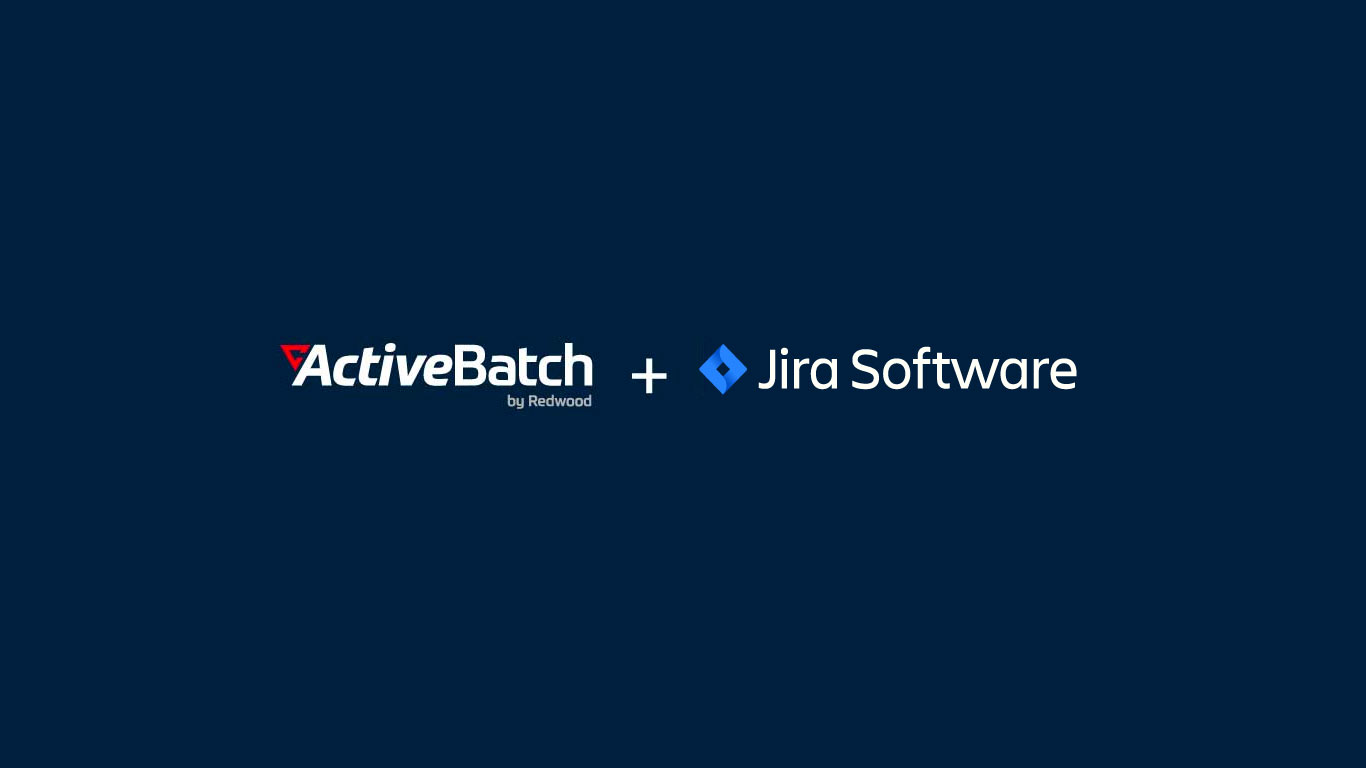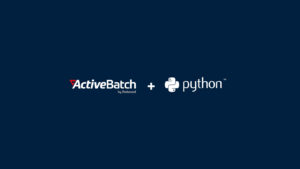Jira Workflow Automation: Top 10 Tasks To Automate Today
Learn about Jira workflow automation and how it can streamline your task management, enhance collaboration, and improve efficiency in your organization.

Manual data entry and other tedious tasks bog down employees and waste company time. These repetitive and mundane activities drain valuable resources and increase the risk of human errors and inconsistencies.
With Jira Workflow Automation, you can automate the data entry process, eliminating the need for manual input and reducing the chances of errors.
In this article, we will explore the top 10 tasks you can automate today using Jira Workflow Automation, enabling your team to streamline business processes, enhance collaboration, and drive better outcomes.
What is Jira Automation?
Jira Workflow Automation is a powerful software that allows users to automate various tasks, processes, and workflows with Atlassian’s Jira, enabling teams to streamline their operations and improve productivity.
It provides a visual interface that allows users to create automation rules without no code writing necessary, making it accessible to both technical and non-technical users.
The automation capabilities of Jira Workflow Automation cover a wide range of actions, such as creating or updating Jira issues, assigning tasks, sending notifications, transitioning issues through workflow statuses, and more. Users can define conditions and criteria that trigger these actions, allowing for highly customizable and tailored automation rules.
Now let’s look at 10 tasks you can automate Jira today, and especially how you can use ActiveBatch for each use case.
1. Issue Creation and Resolution
Jira and ActiveBatch provide valuable capabilities for issue creation and resolution, streamlining the entire process.
With Jira, teams can easily create and track issues, capturing all relevant details and assigning them to the appropriate team members. ActiveBatch can then be integrated with Jira to automate corresponding actions upon issue creation or resolution, such as running automated tests, deploying code changes, or executing data updates.
Example:
When a new bug report is created in Jira, ActiveBatch can be configured to automatically trigger a series of actions, such as notifying the assigned developer, spinning up a test environment, and running a suite of automated tests. Once the tests are completed, ActiveBatch can update the issue status in Jira and notify the relevant stakeholders of the results, ensuring a streamlined and efficient issue resolution process.
2. Deployment and Release Management
Jira provides a centralized platform for managing release versions, tracking progress, and coordinating tasks across teams. It allows for clear visibility into release plans, issue tracking, and change management. ActiveBatch, on the other hand, can seamlessly integrate with Jira to automate deployment tasks such as code deployments, database migrations, and post-deployment testing.
Example:
A software development team uses Jira software for project management, including tracking issues, planning releases, and coordinating tasks. They have a release version in Jira that has passed all necessary tests and is ready for deployment.
When the team transitions the release version status to “Ready for Deployment” in Jira, ActiveBatch, integrated with Jira, receives a trigger to initiate deployment and release management tasks.
ActiveBatch then kicks off a series of automated workflow tasks, such as:
- Retrieving the latest code from the version control system and deploys it to the target environments, such as development, testing, and production.
- Running automated scripts to apply necessary database schema changes or updates as part of the release process.
- Triggering automated tests, including functional tests, regression tests, or performance tests, to ensure the deployed software meets quality standards.
- Generating release notes or updating documentation, pulling information from Jira and other sources to keep stakeholders informed about the changes introduced in the release.
Throughout these tasks, ActiveBatch can provide real-time status updates and notifications to relevant stakeholders, keeping them informed about the progress of the deployment process.
3. Data Synchronization
By integrating the two, organizations can automate the synchronization of data between Jira and other systems, such as databases, enterprise resource planning (ERP) systems, or customer relationship management (CRM) platforms. This integration ensures that data remains consistent and up to date across various systems, reducing manual data entry, improving accuracy, and enabling real-time access to critical information. Changes made in Jira can trigger automated actions in ActiveBatch, such as updating corresponding records in other systems or generating reports based on synchronized data.
Example:
Whenever a high-priority issue is created or updated in Jira, ActiveBatch can automatically synchronize that information with an external incident management system. This ensures that the incident management system remains up to date with the latest critical issues, allowing teams to prioritize and address them promptly.
4. Notification and Alert Management
With Jira’s robust issue-tracking capabilities and ActiveBatch’s automation prowess, organizations can set up automated workflows to generate notifications and alerts based on specific events or conditions.
Example:
Whenever a critical issue is reported in Jira, a software development team needs to be notified immediately for prompt action. By integrating Jira with ActiveBatch, this is what they can do:
- When a critical issue is created or updated in Jira, ActiveBatch receives a trigger to initiate the notification process.
- ActiveBatch retrieves essential details about the issue, such as the issue summary, priority, and assigned team members, from Jira’s API.
- ActiveBatch generates customized notifications based on the critical issue’s information and target audience. These notifications can be sent via email, SMS, or other communication channels.
- If the critical issue remains unresolved within a specified time frame, ActiveBatch can trigger additional notifications or escalate the alert to higher-level teams or management for attention.
5. Task Automation Based On Jira Events
By integrating Jira with ActiveBatch, teams can define automation rules that trigger specific actions when certain events occur in Jira.
Example:
When a high-priority bug is reported in Jira, ActiveBatch can automatically assign the bug to the appropriate development team, notify team members via email, and initiate the debugging process. This ensures that critical issues are promptly addressed, reducing response time and improving incident resolution.
6. Troubleshooting
When an issue is reported in Jira, ActiveBatch can automatically trigger diagnostic tasks, such as running automated tests, collecting log files, or performing system checks. These tasks can be assigned to specific teams or individuals, ensuring prompt investigation and resolution.
Example:
When a critical issue is reported in Jira, ActiveBatch can automatically initiate a troubleshooting workflow:
- ActiveBatch triggers the assignment of the issue to the appropriate team based on its severity and category in Jira. The team is notified of the new assignment through Jira notifications.
- ActiveBatch automatically runs predefined diagnostic tasks, such as automated tests, log collection, or system checks, to gather relevant information about the issue. This data is stored and linked to the respective Jira issue for future reference.
- The team utilizes Jira’s collaboration features to communicate and document their troubleshooting steps, progress, and findings.
- If the initial troubleshooting steps do not resolve the issue, ActiveBatch can trigger an escalation process, alerting higher-level support or specialized teams. The troubleshooting efforts continue until a solution is found and implemented.
- Once the issue is resolved, the team updates the Jira issue with the resolution details. ActiveBatch can automatically generate reports or notifications to relevant parties.
7. SLA Monitoring and Escalations
ActiveBatch can automatically trigger escalations, notifications, or reminders when SLA thresholds are in danger of being breached. This enables timely intervention and proactive management of SLA compliance.
Example:
In a customer support scenario, when a high-priority support ticket is created in Jira, ActiveBatch can be triggered to monitor the resolution time SLA associated with the ticket. If the SLA is nearing expiration, ActiveBatch can automatically escalate the ticket to a higher-level support team or notify the relevant stakeholders via email or SMS.
8. Jira Service Management and Service Desk
ActiveBatch can integrate with Jira Service Management or Jira Service Desk to automate service request management and incident resolution processes. ActiveBatch can automatically create and assign tasks in response to service requests or incidents, trigger notifications to relevant parties, and escalate issues when necessary.
Example:
Let’s consider a scenario where a company utilizes Jira Service Management for handling IT service requests and incident management.
When a user submits a service request or raises an incident in Jira Service Management, ActiveBatch can automatically create corresponding tasks within its automation platform. These tasks can be assigned to the appropriate teams or individuals based on predefined rules, such as the type of request or severity level.
As the tasks progress, ActiveBatch can trigger notifications to the relevant parties, keeping them informed about the status updates and ensuring effective communication. In case of critical incidents or SLA breaches, ActiveBatch can escalate the issues by notifying higher-level support or triggering additional automated actions to expedite the resolution process.
9. Slack and Notifications
ActiveBatch can integrate with Slack, a popular communication platform, to send real-time notifications or alerts based on Jira events. This ensures that team members stay informed about task updates, important deadlines, or critical issues, promoting collaboration and timely response.
Example:
Whenever there is a significant Jira event, such as creating a new task, a change in task status, or approaching deadlines, ActiveBatch can automatically send real-time notifications or alerts to the relevant Slack channels or team members.
For instance, when a high-priority issue is reported in Jira, ActiveBatch can instantly notify the development team in the designated Slack channel, ensuring everyone is aware of the critical issue and can take immediate action.
With features such as seamless integration with insurance systems, advanced scheduling capabilities, real-time monitoring, and scalability, ActiveBatch empowers organizations to improve efficiency, accuracy, compliance, and customer satisfaction.
Frequently Asked Questions
ActiveBatch and Jira have many additional automation capabilities. For example,
– ActiveBatch provides automation templates that can be used with Jira. These templates serve as preconfigured workflows.
– ActiveBatch can also auto-assign tasks or issues created in Jira to the appropriate individuals or teams based on predefined rules or criteria.
– ActiveBatch can monitor the progress and status of tasks in Jira. It can initiate subsequent automation actions based on the status of related issues or dependencies.
Learn more about workflow automation software and how it can help your business streamline its processes today.
Absolutely! Jira Workflow Automation offers seamless integration with various tools and apps to enhance your workflow. You can connect Jira with apps from the Atlassian Marketplace, such as Bitbucket, Confluence, and GitHub, to facilitate code management, documentation, and collaboration. Additionally, integrations with Microsoft tools and other DevOps platforms are also possible, enabling you to streamline your DevOps practices and leverage a wide range of capabilities.
Read about how ActiveBatch can transform your IT workflow automation.
Yes, Jira Workflow Automation is well-equipped to handle complex workflows. You can define workflows with multiple sub-tasks and dependencies, ensuring efficient task management. Additionally, Jira provides robust permission settings, allowing you to control access and actions based on user roles and responsibilities. By setting up appropriate validators and permissions, you can enforce business rules, maintain data integrity, and ensure that tasks progress smoothly throughout the workflow stages, including “In Progress” status.
Read about how to automate reliable end-to-end workflows in half the time with ActiveBatch.







